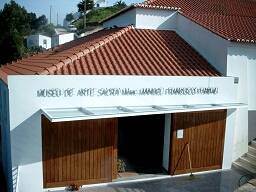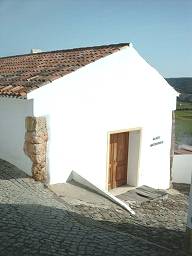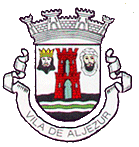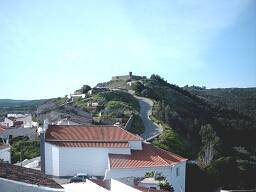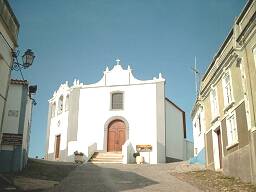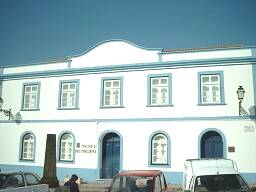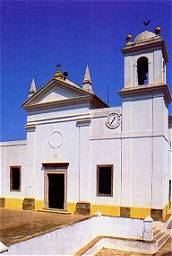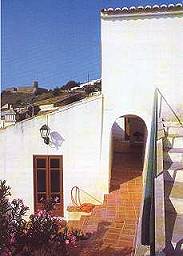 |
This house-museum , to be found at Rua do Castelo, No.2, contains a valuable collection of paintings bequeathed by the artist to his birthplace on his death in 1992. Of special interest are countless antique objects from a large number of different sources that the painter collected, as well as wonderful pieces of furniture in various styles, porcelain of numerous origins, paintings and the artist's studio. The simple house has a garden established by the painter himself, and from which one may enjoy the spectacular view in a pleasant atmosphere. |
